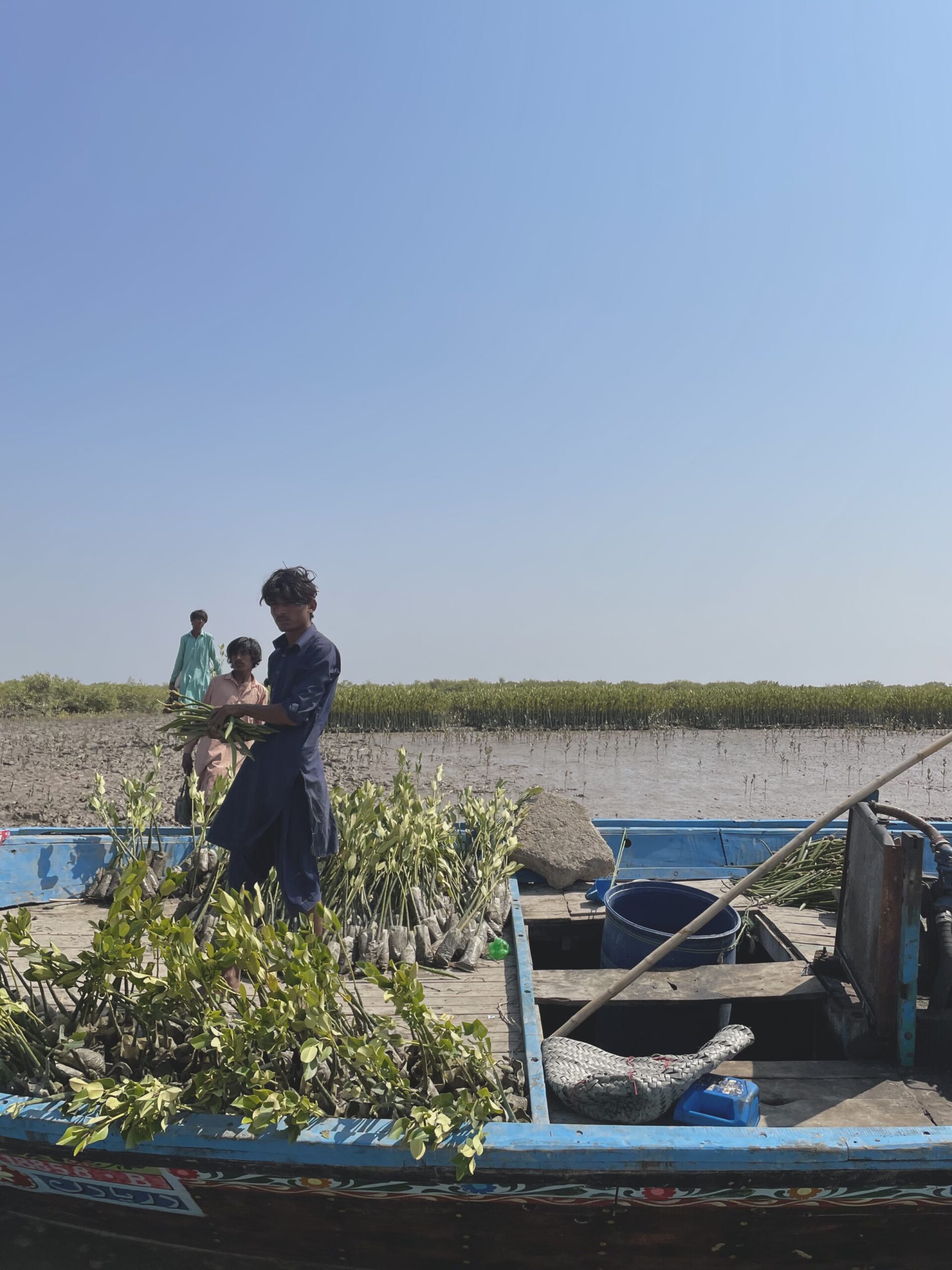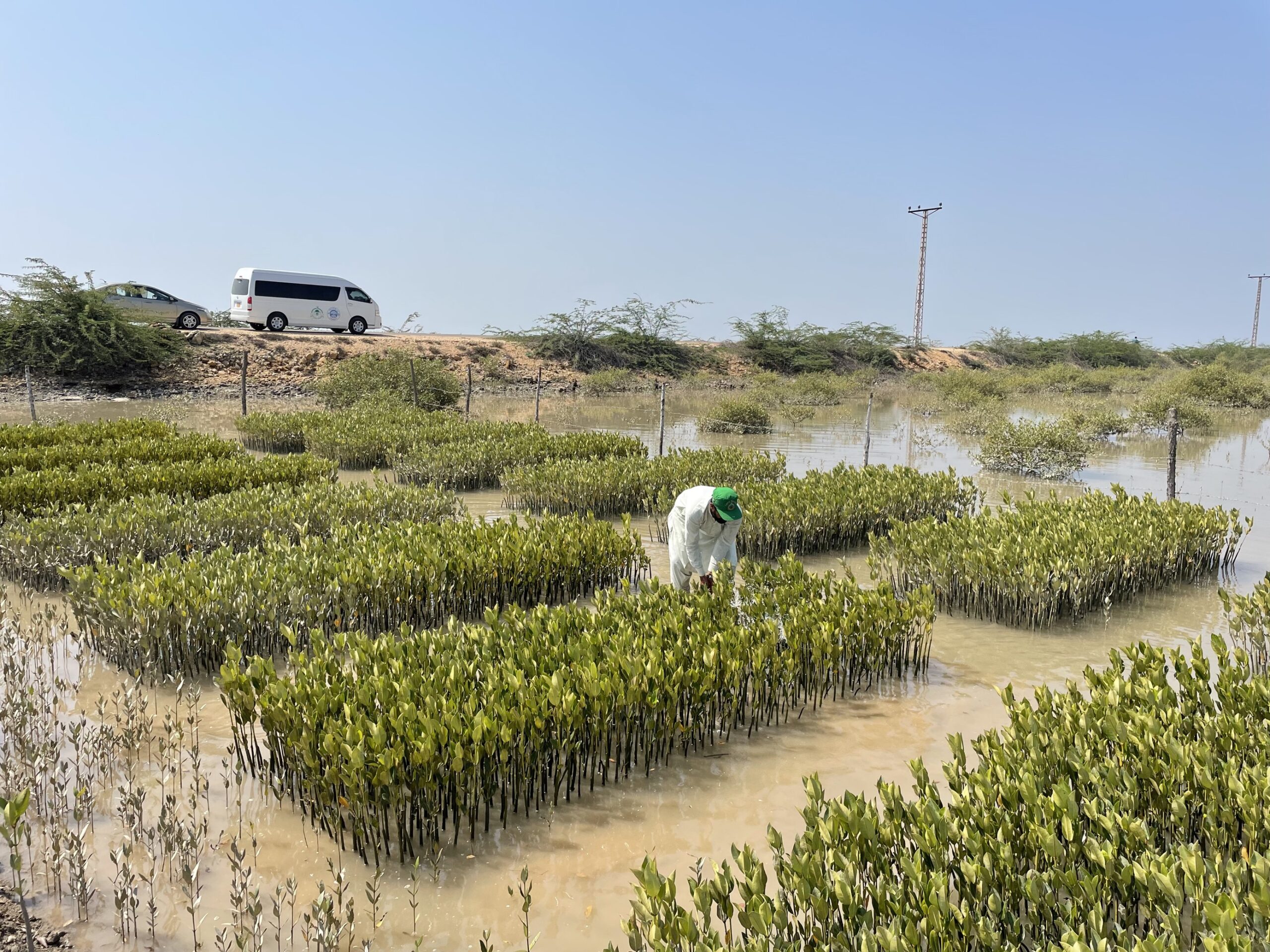Partnerships for Nature: insights from Indigenous-led models in Canada
15 April 2025 / WORDS BY Pollination Foundation
read article
London+44 203 355 1556
Sydney+61 2 8313 7109
Melbourne +61 2 8313 7109
Washington +1 872 201 1168
In this second edition of Nature Finance Focus, we highlight a number of models that are helping to unlock and scale nature investment. Some models are well established, alongside others in which we see significant promise and growth. By showcasing these tangible case studies, we aim to provide ideas and options which can be taken up by the global bank or investor, or by the major corporate.
The report also details the findings of our biennial survey of 500 institutional investors across the UK, USA, Australia, Singapore and Japan.
View reportFour years ago, when Climate Asset Management launched as a joint venture between HSBC and recently formed consultancy Pollination, it laid out ambitious plans to become the biggest investor dedicated to natural capital.
22 April 2023 / WORDS BY John Ambler








Over several generations, unregulated clearing and grazing in Pakistan has caused widespread degradation of the mangrove forests within the Indus River Delta. As with many cases of ecosystem degradation, a significant driver is the local people who need to earn a living. Restoration projects that deliver ongoing economic, social, environmental and cultural benefits to the local community are imperative to prolonged success.
That’s the aim of Delta Blue Carbon. This is an ambitious project that is restoring critical mangrove habitat, creating a large carbon market that is genuinely nature-positive, and offering the local community tangible benefits and a starring role in the restoration and stewardship of their environment.
The fan-shaped network of swamps, creeks, estuaries, and marshes of the Indus River Delta creates an ideal habitat for mangrove forests, migrating water birds, a diversity of fish and even the endangered Indus River dolphin. Restoring the Indus River Delta will not only ensure the survival of a Ramsar listed wetland ecosystem and its inhabitants, it also presents an enormous blue carbon market opportunity, as mangroves store up to five times as much carbon as tropical forests.
Blue carbon ecosystems – mangroves, tidal and salt marshes, and seagrasses – are highly productive coastal ecosystems that are particularly important for their capacity to store carbon within the plants and in the sediments below. The success of a blue carbon project is dependent on the health of its ecosystem and biodiversity, making blue carbon an ideal nature-based solution for climate change.
Despite their potential, mangroves and other blue carbon ecosystems are some of the most threatened on Earth. Mangrove ecosystems alone are being lost at a rate of 2% per year. Experts estimate that carbon emissions from mangrove deforestation account for up to 10% of emissions from deforestation globally, despite covering just 0.7% of land coverage.
Delta Blue Carbon couldn’t come at a better time. In partnership with local communities, the vast replanting and protection works have resulted in the largest mangrove reforestation project in the world. Aside from the immense environmental and climate benefits, the project has created hundreds of jobs for the local people, who are employed to restore and protect the new plantings under long term agreements.
In March last year, the first verified offsets were generated, and the sale of the first tranche of carbon credits was announced. The project is projected to sequester an estimated 142 million tonnes of CO2e over its 60-year lifetime.
Now in its seventh year, Delta Blue Carbon’s second phase (DBC-2) is commencing. In this phase, Pollination, Indus Delta Capital, and the Government of Sindh will nearly double the size of the project, to a total of about 6,000 square kilometers.
To prepare for this expansion, in collaboration with the project team, Pollination designed and co-led a series of workshops – known as social and biodiversity impact assessment workshops – with a cross-section of community members in the delta. Over the course of six days, these communities described challenges they face including a lack of roads, electricity, drinking water, food, livelihoods opportunities, education, and medical care.



Pakistan is among which contributes to many of these challenges. Through a series of structured exercises, the project team and community members worked to diagram their challenges and co-design activities that would help to address them.
The Indus River Delta and its inhabitants are resilient. With initial assistance from the project, the mangroves are capable of replenishing themselves in abundance. The communities who largely rely on subsistence farming or fisheries, are highly dependent on the ecosystem services generated by the mangroves. These services include supporting fish populations, erosion control and storm protection, heat mitigation, and water filtration.
Over the course of co-designing DBC-2, the communities’ vision for the future was clear. A thriving delta is the key to local economic development and improved livelihoods. DBC-2 will provide a critical role in making that a reality.
As a project partner, Pollination is contributing to the structure and design, monetisation (sales and marketing) of carbon offsets, building processes and planning for implementation, legal support, policy support, project financing, and commercial strategy.
15 April 2025 / WORDS BY Pollination Foundation
read article
Receive latest news and global perspectives from Pollination.
By clicking submit, you agree to our Terms & Conditions.